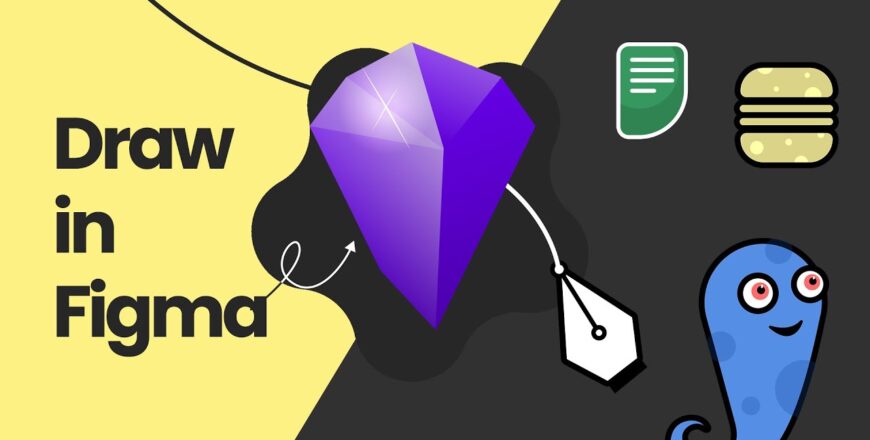
- Description
- Curriculum
- Reviews
Figma for UI/UX Design 2025: Learning by Doing Approach
Course Overview: “Figma for UI/UX Design 2025: Learning by Doing Approach” is a hands-on, practical course designed to teach you the fundamentals and advanced techniques of UI/UX design using Figma. Figma is one of the most popular and powerful design tools used by professionals worldwide for creating high-quality user interfaces and experiences. This course is designed for learners who want to understand the intricacies of UI/UX design while gaining practical, real-world experience by building projects.
What You Will Learn:
- Figma Basics: Start with the foundational tools and techniques in Figma, from artboards and frames to vector design and layout grids.
- User Interface Design: Learn how to create beautiful and functional user interfaces for websites and mobile apps. You’ll master everything from button designs to navigation systems, ensuring your designs are both attractive and user-friendly.
- Prototyping & Interaction Design: Understand how to bring your static designs to life. You’ll learn how to create interactive prototypes, with clickable buttons, animations, and transitions that simulate the behavior of a real application.
- User Experience Design: Learn the principles of UX design, including wireframing, user flows, and creating designs that are intuitive and user-centric. You’ll understand how to design for different screen sizes and ensure accessibility.
- Collaboration and Feedback: Discover how to work collaboratively within Figma, share your designs with others, and implement feedback effectively. Learn to use Figma’s real-time collaboration features that make it ideal for team projects.
- Design Systems and Components: Dive into reusable components, styles, and design systems that streamline your workflow and create consistent, scalable designs.
Learning by Doing: This course is centered around the “Learning by Doing” approach, meaning you will not only watch tutorials but actively work on real projects. You will design interfaces for websites and mobile applications, receive constructive feedback, and refine your skills with each project you complete. The course will guide you through multiple hands-on projects where you can apply the concepts learned in real-time.
Course Structure:
- Project-Based Learning: You’ll work on multiple projects such as creating landing pages, mobile app screens, and complete UI kits from scratch.
- Interactive Lessons: Each lesson contains short video lectures followed by practical exercises that you can implement directly within Figma. These exercises are designed to challenge you and ensure you grasp every aspect of the design process.
- Industry Insights: Learn from real-world case studies and get advice from industry professionals to understand how UI/UX design principles apply in the workforce.
- Continuous Improvement: As you progress, you will revisit your designs and continuously improve them based on peer and instructor feedback.
Why This Course?
- Up-to-Date with Industry Trends: The course content is regularly updated to ensure you are learning the most current techniques and features of Figma as of 2025.
- Hands-On Experience: You’ll leave this course with a strong portfolio of projects that showcase your skills to potential employers or clients.
- Practical Guidance: Get personalized feedback on your designs and guidance to solve real-world design problems.
- For All Skill Levels: Whether you’re a beginner or an experienced designer, this course offers clear and easy-to-follow lessons that cater to your level.
By the end of this course, you will have gained the confidence and practical knowledge to design and prototype high-quality user interfaces and experiences using Figma, ready to take on UI/UX design challenges in your career.
-
103.1 Setting up the Artboard and Grids
-
113.2 Creating the Navigation Bar
-
123.3 Using Headings and Text Styles
-
133.4 Creating Background and Inserting Image
-
143.5 Making the Call to Action Button
-
153.6 Using Auto Layout for next section
-
163.7 Designing the Feature Cards with Auto Layout
-
173.8 Adding Visual Background to the Cards
-
183.9 Another way to design Cards (for next section)
-
193.10 Building next section with Cards using auto layout
-
203.11 Do it yourself for the rest of the design
